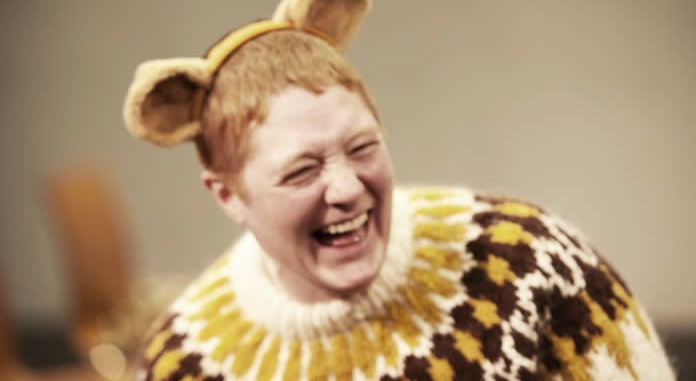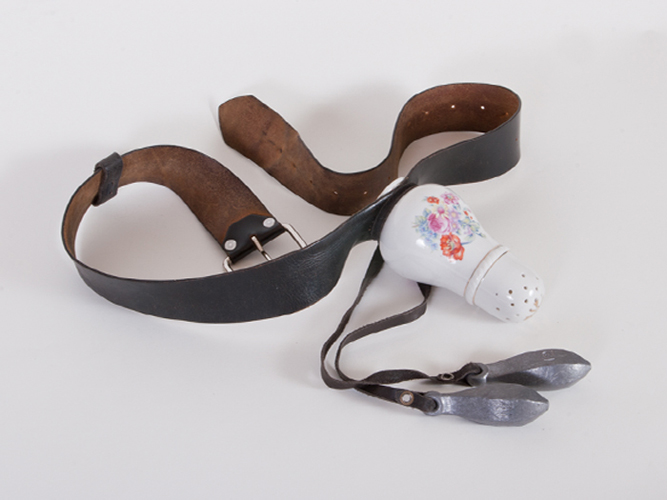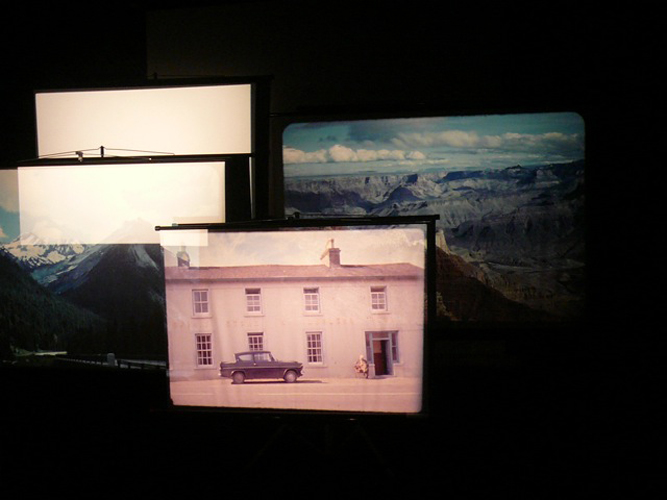During a trip home to my native Memphis a few years ago, I was introduced to the photography of Jack Robinson. A gay Southerner whose meteoric rise in the 1960s and 70s was followed by a quarter-century of near-total obscurity, Robinson’s story immediately intrigued me, as did his unlikely rediscovery. During the last 25 years of his life, Robinson worked as an artist in a stained-glass studio, living alone in a Midtown Memphis high-rise and battling depression. He never shared with his employer or neighbors his glamorous past as a photographer of some of the most celebrated personalities of the twentieth-century. It wasn’t until many days after his death in 1997 that his employer ventured into his apartment and discovered an actual treasure chest of Robinson’s images—thousands of them. His work is now archived in a downtown gallery that bears his name.
A native of Clarksdale, Mississippi, Robinson honed his camera skills in the early 1950s, documenting bohemian gay life in New Orleans’ French Quarter. A regular of Dixie’s Bar on Bourbon Street, a watering hole known for its literary clientele (Truman Capote, Tennessee Williams and Gore Vidal among them), Robinson documented the city’s gay cultural scene, and its involvement in Mardi Gras. His depictions of gay men in costume and in various states of drunken frivolity captured at the same time the joy and freedom that the French Quarter afforded as a reprieve from the repressive South.







